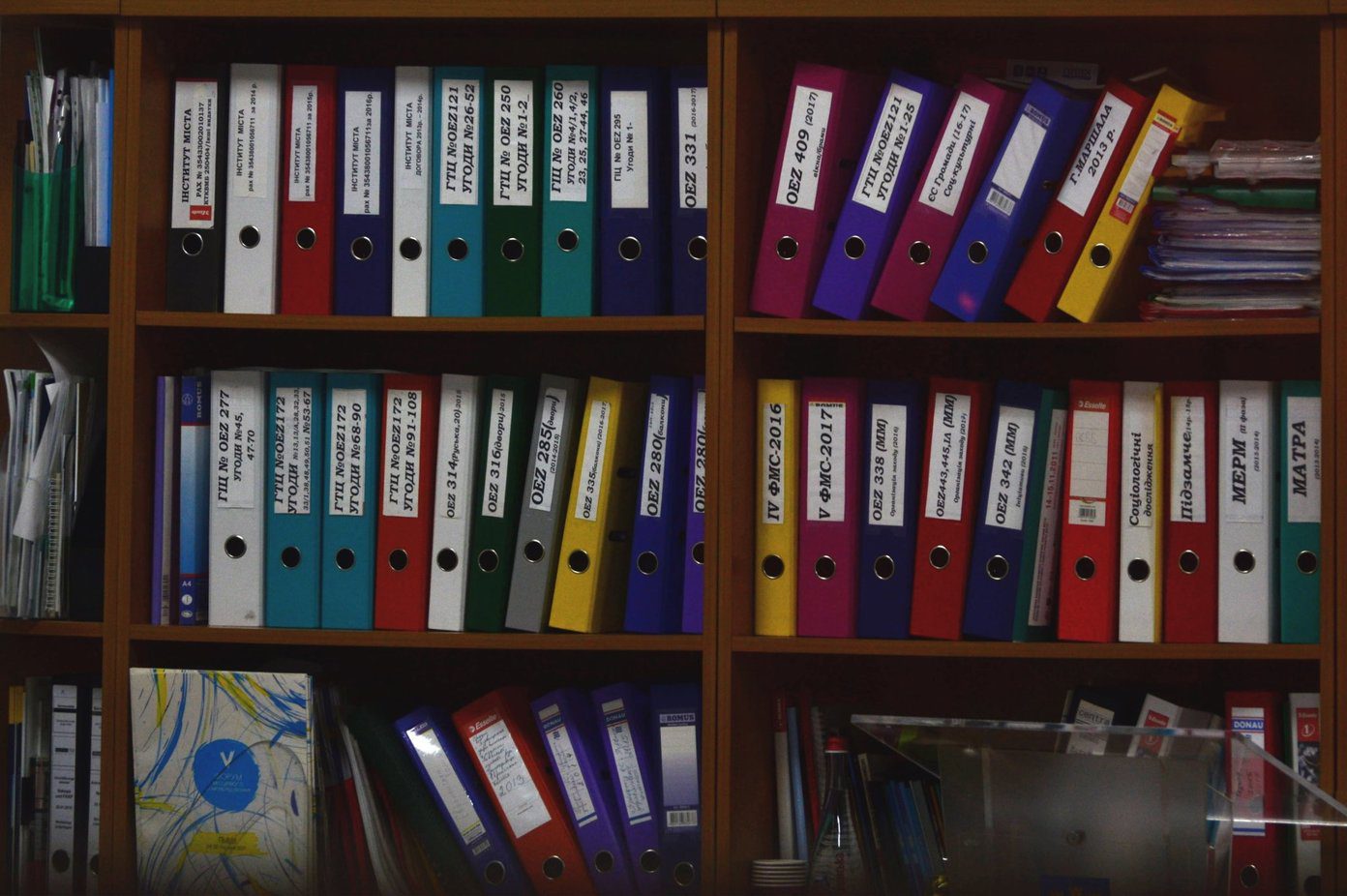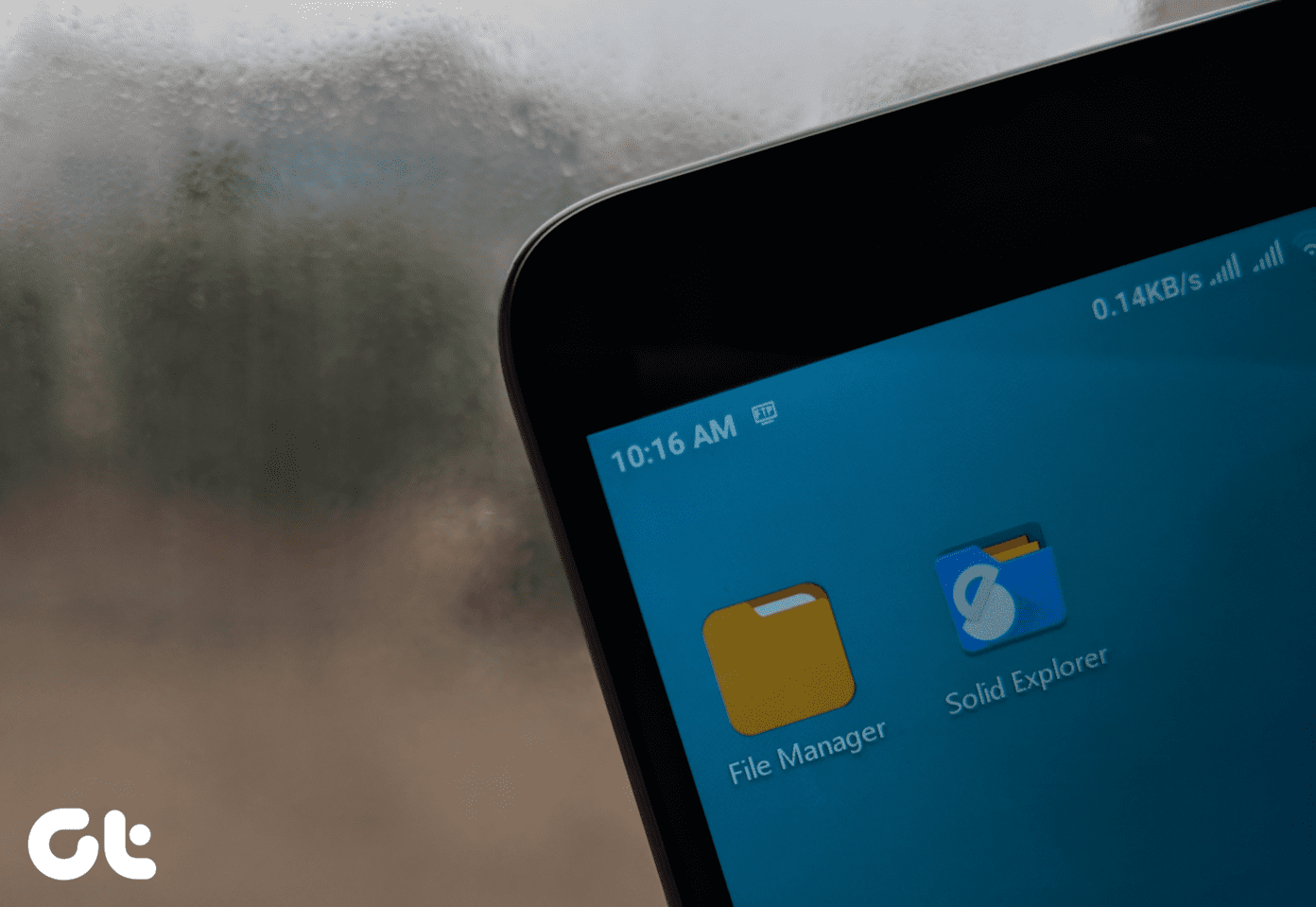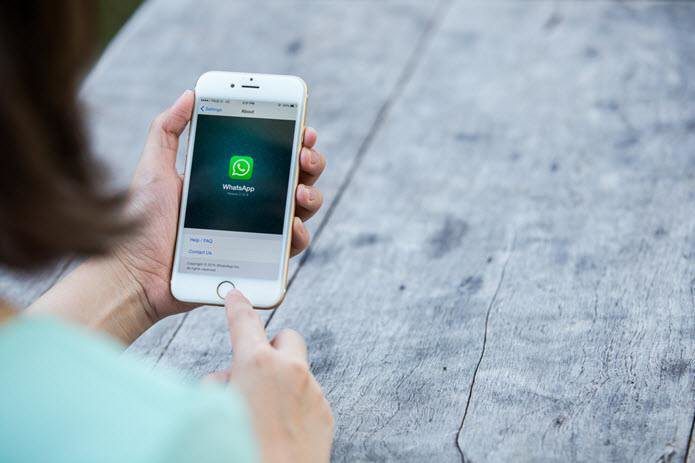Note that after the release of Windows 10, Microsoft has renamed Windows Explorer to File Explorer. However, if you open the Task Manager, you will see a process named ‘Windows Explorer’ instead of File Explorer running even with a folder open in the background. I am not sure why Microsoft made the change in the first place, but it’s their OS, so they know it best. Let’s see how we can resolve the Windows or File Explorer not working error.
1. Reboot
Rebooting your computer can solve quite a few Windows OS related issues. This is why at GT, we keep recommending it to our users. This is usually where your troubleshooting should start. Click on the Windows icon and select the Restart option under the Power button. After the computer reboots, check if File Explorer is working.
2. Install Updates
Windows releases a lot of patches and updates for addressing the common bugs and vulnerabilities. These updates fix a lot of issues. Sometimes, installing them on your computer can also resolve past issues. Press Windows key+I shortcut to launch Settings and click on Update & Security. Under the Windows Update tab, you will see any pending updates waiting to be downloaded or installed. Install and reboot your PC to check if File Explorer is working again.
3. Free Up Space
It is possible that File Explorer is not working because there is no space left on your hard drive. Storing too many files? You need to delete some files or transfer them to an external hard drive or flash drive to create space for File Explorer to work. Here is a guide on how to achieve that using Storage Sense.
4. Restart Windows Explorer
Whenever you open a folder, a process called Windows Explorer is launched which runs in the background. Press Ctrl+Shift+Esc keys on the keyboard to launch the Task Manager. Find Windows Explorer under Processes, right-click on it and select Restart. What happens if you can’t see Windows Explorer in the Task Manager? Then you will have to start it manually. To do so, click on File and select Run new task. Type Explorer in the given field and hit OK to launch Windows Explorer. Select Create this task with administrative privileges to start it with admin rights.
5. Clear Quick Access History
Press Windows key+E shortcut to open File Explorer. Right-click on Quick Access to select Options. If it is not opening, search for File Explorer Options in Control Panel. Under the General tab, click on Clear next to Clear File Explorer history to remove associated cache and temporary files from the system.
6. Change Display Settings
Maybe your Display Settings are interfering with the way File Explorer display files and folders on the screen? To check, press Ctrl+I key to launch Settings and search for Display Settings to open it. Under Scale and layout, the size of text, apps, and other items should be set to 100%. If not, change it and reboot to check if File Explorer is working again.
7. Update Video Drivers
Drivers are usually a set of files that allow hardware or software to connect and communicate with the operating system. They play a vital role in the functioning of your Windows computer and may be responsible for the File Explorer not working error. Here are links to popular computer manufacturers’ site where you can download them. I suggest rebooting your computer once after the drivers are installed before checking if File Explorer is working or not.
Acer driversHP driversDell driversToshiba drivers
8. Troubleshoot
Windows 10 comes with a troubleshot option inside System Maintenance to solve common errors and bugs in the system. To run it, launch Control Panel and search for Troubleshooting. Inside you will click on system Maintenance. Once a new window pops open, click on Next to initiate a run. Follow the on-screen instructions in case it detects an error.
9. SFC and DISM Scan
SFC will check your system files for any irregularities and corruption and repair them if possible without you having to do anything else. DISM command will service and repair Windows image files. Don’t get it? You don’t have to. Just right-click on the Start button and select either Command Prompt or PowerShell with Admin written in a bracket. Now type the below commands one at a time and hit Enter to run them. Recheck if File Explorer is working again.
10. Restore Windows
Windows comes with a restore feature where the system will take a backup of your computer from time to time. You can restore one of those backups any time. To do so, search for sysdm.cpl and open it. Under the System Protection tab, check if the Protection Settings for the primary drive, usually C drive where your OS is installed, is turned on. If yes, continue with the steps below. In the same tab, click on System Restore. A new window will pop up. Click on Next. You should now see a list of all the restore points that your OS has created. In my case, there is one which was taken 3 days ago. Click on Finish to initiate the process and wait for it to complete. This may take some time so grab some popcorn and put on the headphone. This almost always fixes the issue.
Explore Your World
File Explorer is like a window that lets you explorer Windows. Without it, your typical Windows experience looks incomplete. Anyway, by the time you reach the 10th solution, you should have a working File Explorer on your computer. Restoring your entire Windows setup should be your last resort. Next up: Are you a gamer? Getting a high ping on Windows 10? Here is a guide to help you reduce it. The above article may contain affiliate links which help support Guiding Tech. However, it does not affect our editorial integrity. The content remains unbiased and authentic.

























